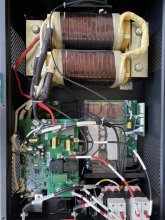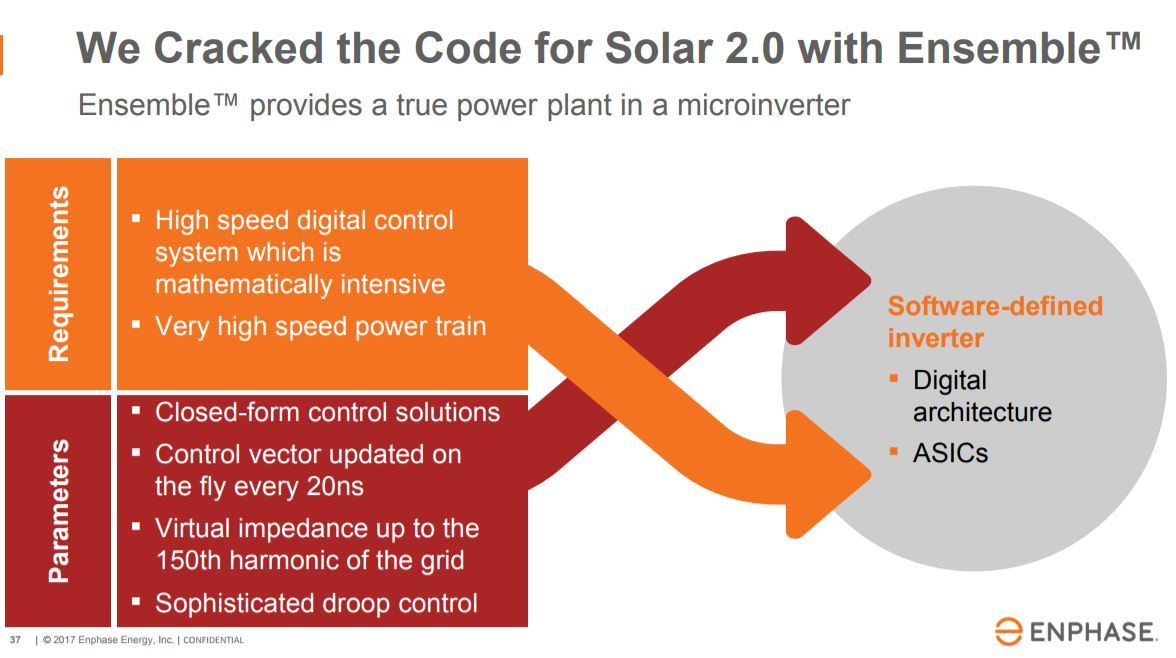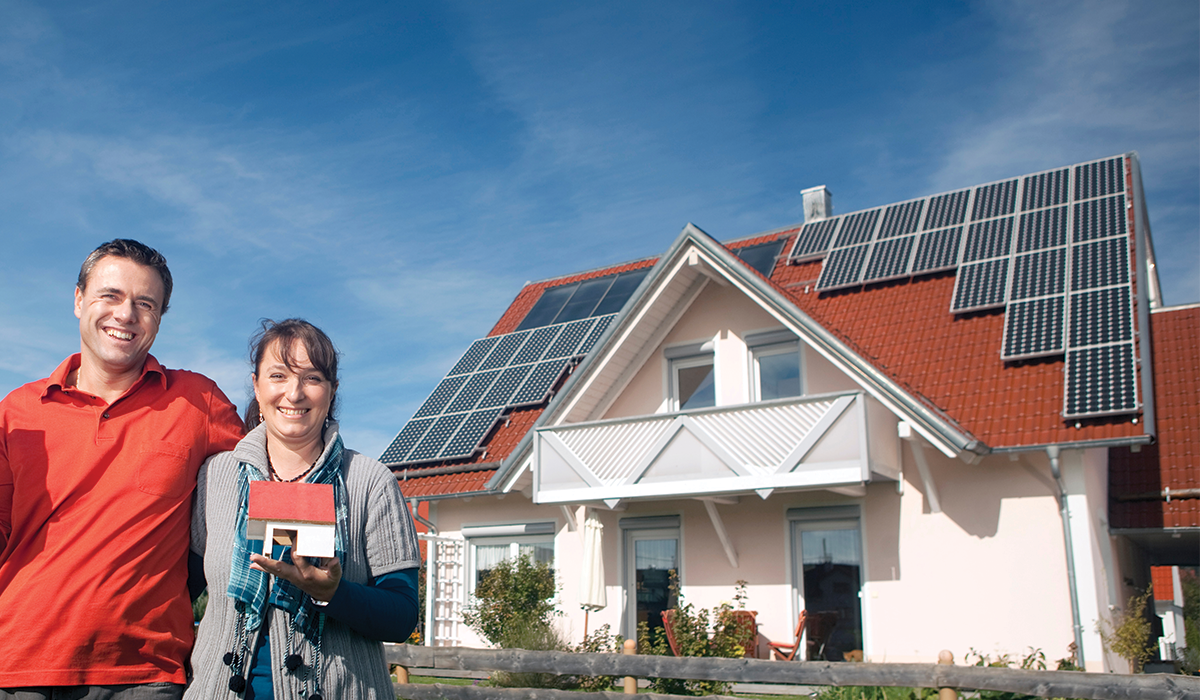Would Enphase IQ8 make power available when the grid is down?
Of course it can't without disconnecting from the grid.
Since IQ8 is a micro inverter and a system has many, the IQ8 by itself can't contain the disconnect switch.
It would require an external disconnect switch.
Enphase marketing fluff or press releases don't seem to mention that
The IQ8 will supply electricity when the sun is shining even during a loss of electricity supply from the grid or simply when there is no grid at all.
www.acsolarwarehouse.com
Another article mentions Enphase Battery
Enphase released a video detailing the company's new "grid-agnostic" Ensemble system, which it says will be released in select North American cities

www.solarpowerworldonline.com
It is just a grid-tied inverter, and if you create an island grid then it can deliver power to it
The Enphase IQ8 microinverter and any HYBRID inverter/charger will change the world. If you can get a battery to store the energy from the sun to give you enough energy for let's just say 48 hours, you will never need the grid again, and you can live as you live on the grid. What I mean is the...

diysolarforum.com
Probably it responds to frequency shift by reducing power. The links I've clicked through so far just say it provide power while grid down, but doesn't explain how the system works. It looks like a battery is also required. They show a small system for critical backups or more backup, just with boxes and no description of what those boxes are.
Ensemble is Enphase’s latest technology which makes a solar+storage system “grid-agnostic”, it works regardless of the utility grid’s working status and makes you energy independent and secure.

enphase.com
I doubt it offers batteryless off-grid power. Single units can do that because they can decide what timing they want for AC output, for instance Sunny Boy providing 2000W 120V "secure power" direct from PV.
For microinverters to do the same, all would have to come up together, synchronized during black start.
IQ8, like any AC coupled grid-tie inverter, ought to be able to work downstream of SolArk delivering additional power through its relay to the grid, also when disconnected from the grid.
Any GT inverter that responds to frequency shift should work more nicely. Without that, if PV production exceeds loads plus battery charge current, it will immediately be knocked off line.
The latest "Rule 21" or "UL 1741SA" compatible models are required to stay on line for 5 minutes with up to 2 Hz higher line frequency.
If they do not implement power reduction at increased frequency, the battery inverter will just keep increasing frequency until they are knocked off.
If they do implement power reduction, then frequency should hover somewhere below 62 Hz with power production perfectly matched to load.
What I haven't read is if "Rule 21" or "UL 1741SA" permits inverters that implement power reduction vs. frequency to remain on-line indefinitely. (I think the answer is "no" for current rules.)
All I have read is must stay on-line 299 seconds, must drop off by 300 seconds. If that is done even with power reduction, then inverter will carry the load 5 minutes, go off-line 5 minutes and battery carries load. Then reconnect to recharge battery and repeat.
Only a GT inverter that remains on-line indefinitely between 61 Hz and 62 Hz would play nice. SMA Sunny Boy does that if configured "island" (off-grid), or "backup" which relies on communication to switch between "UL1741" on-grid and "island".
Maybe other "Rule 21" or "UL 1741SA" do the same. I'd like to know.
One Draft spec appears to allow indefinitely long ride-through for Frequency-Watt if frequency is between 60.5 and 61 Hz









